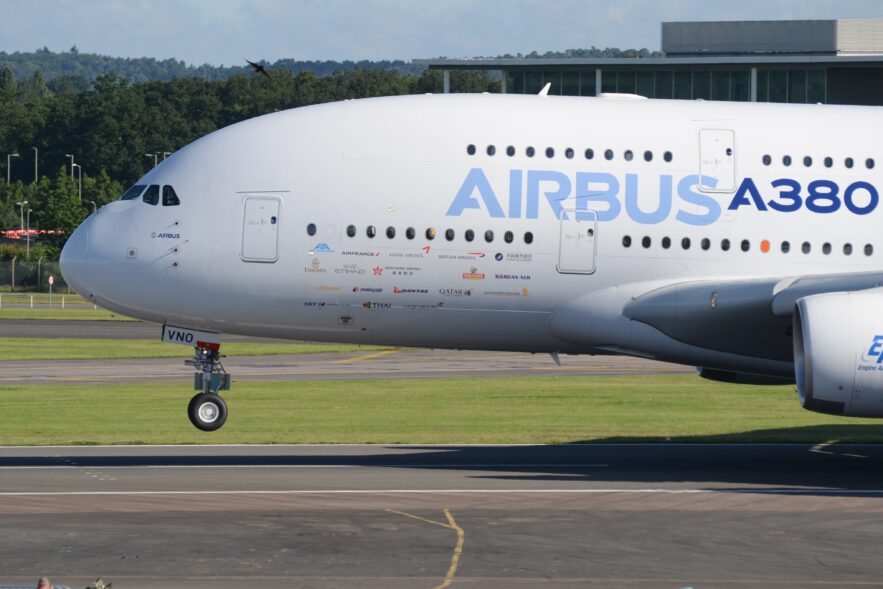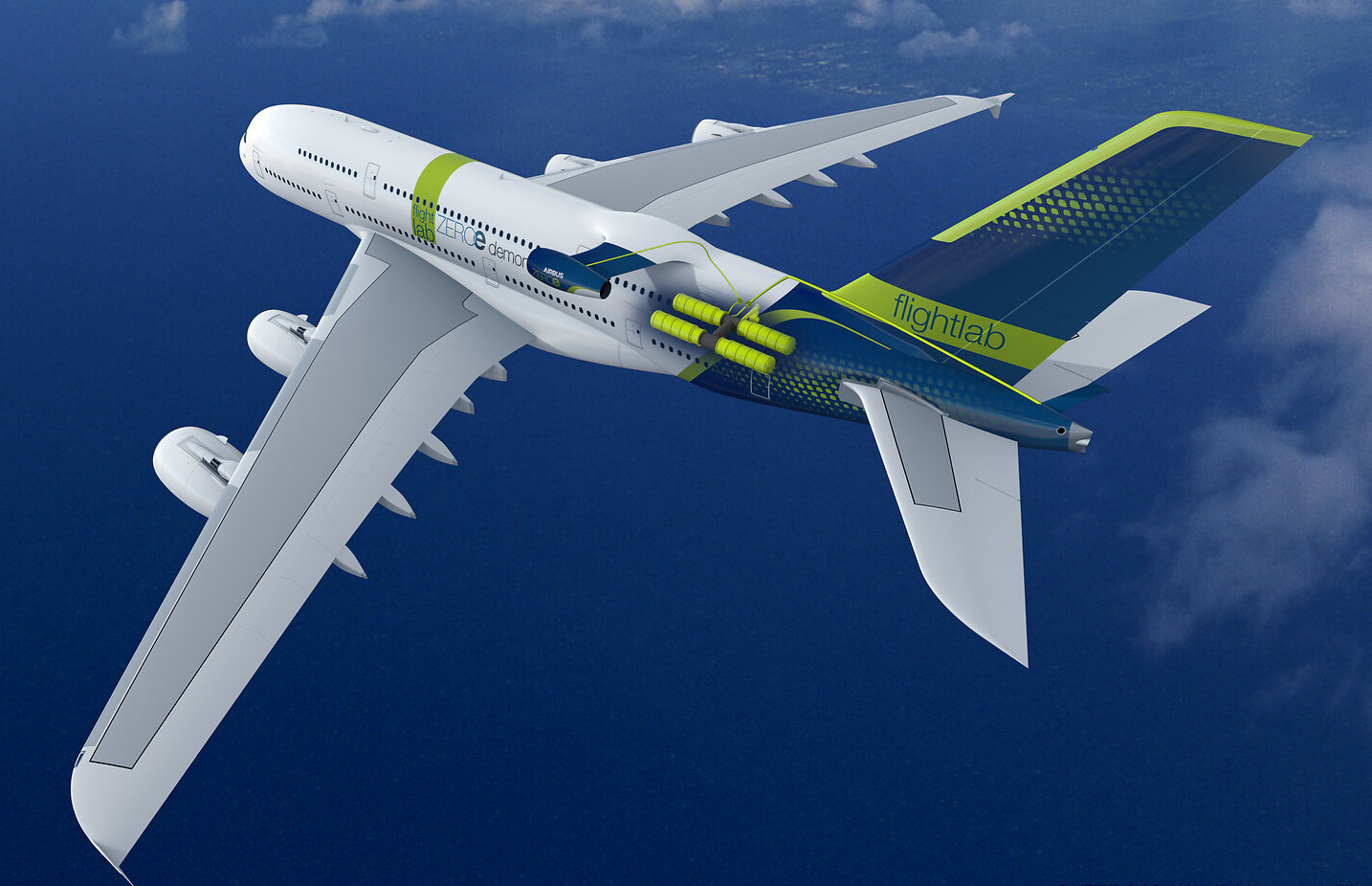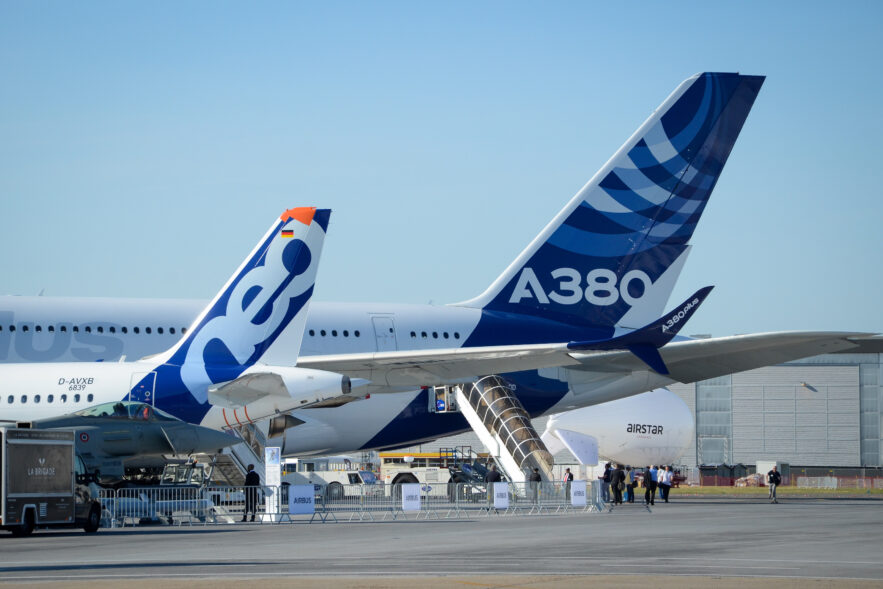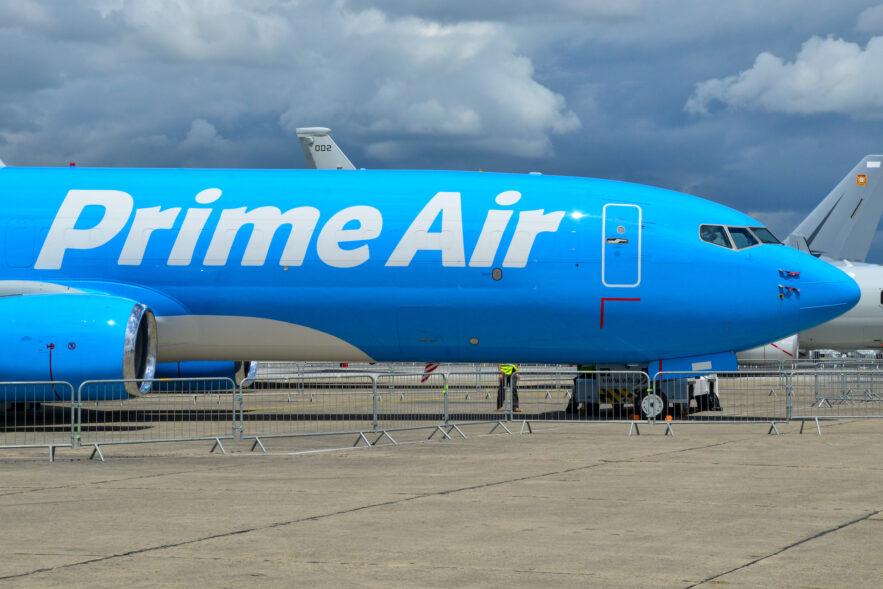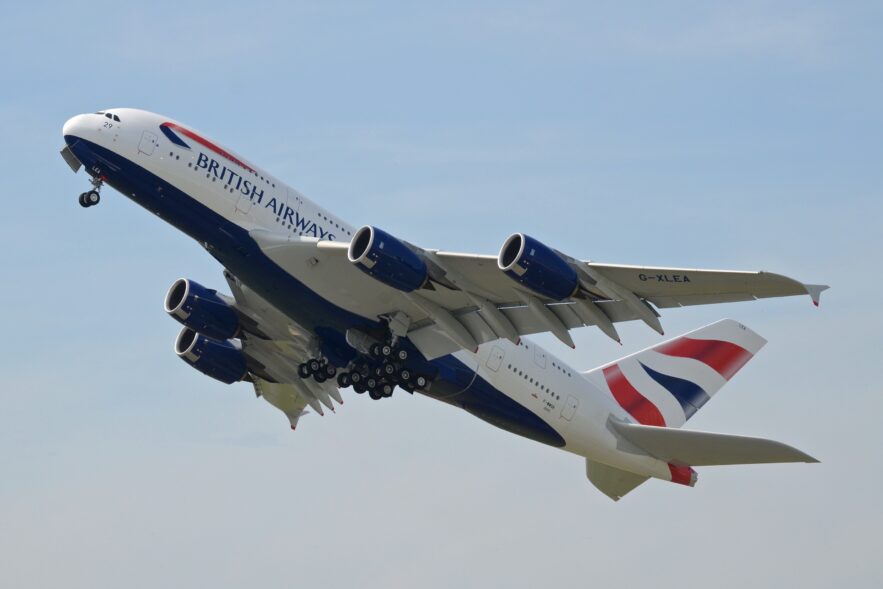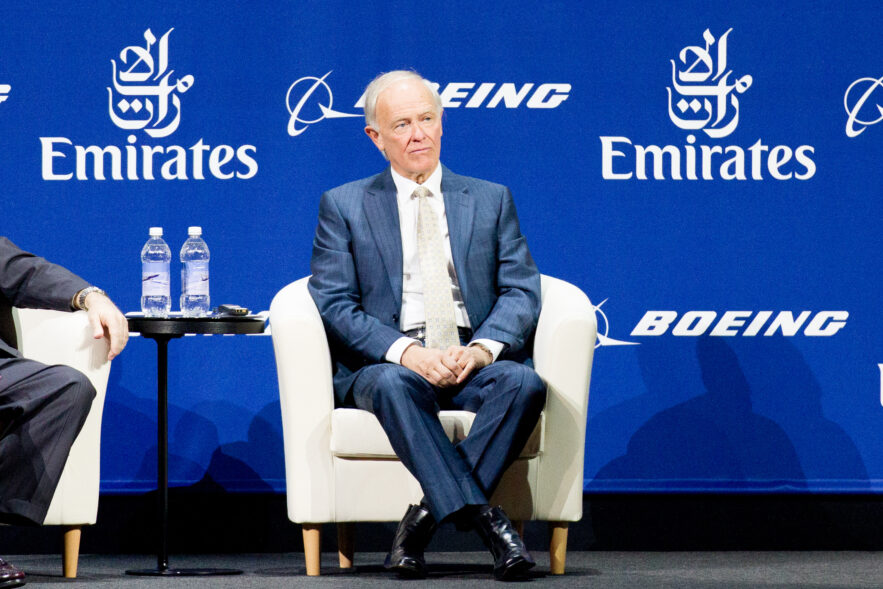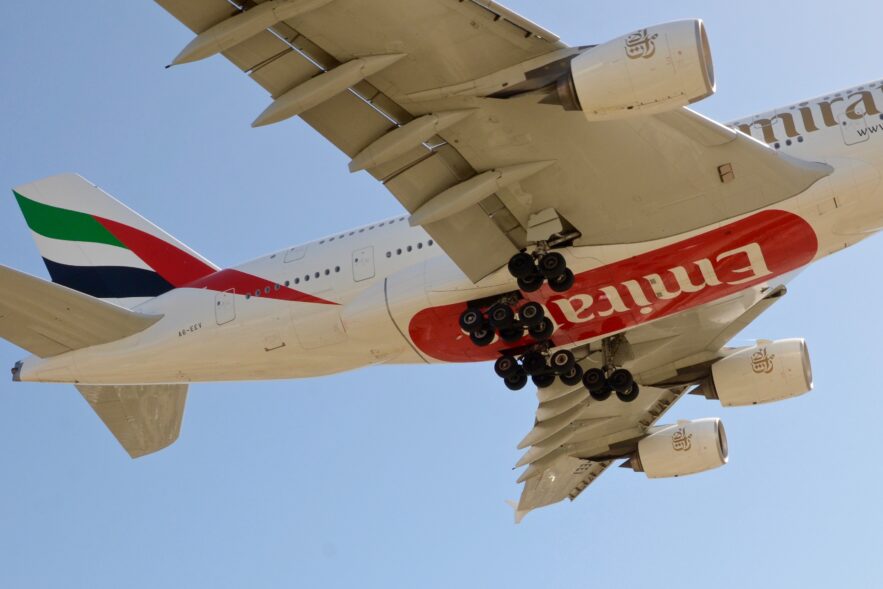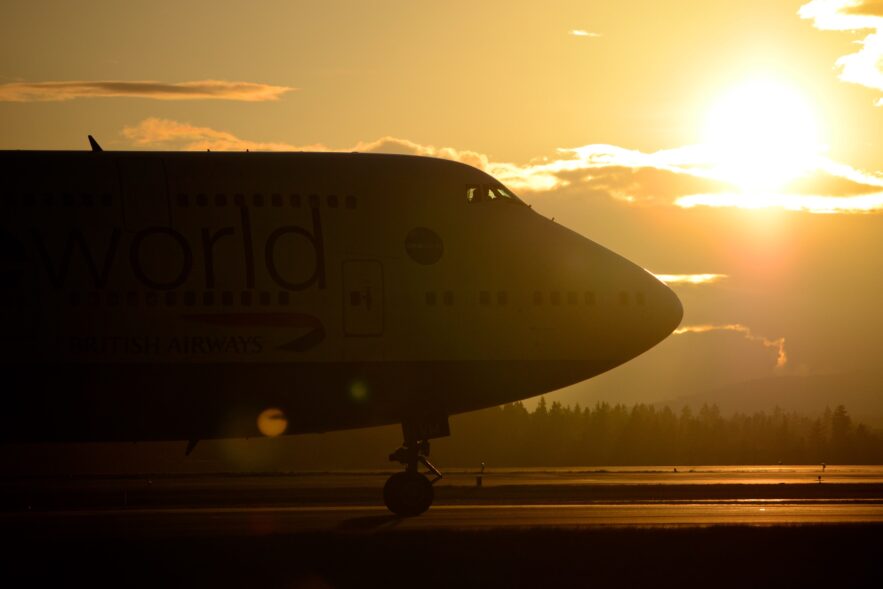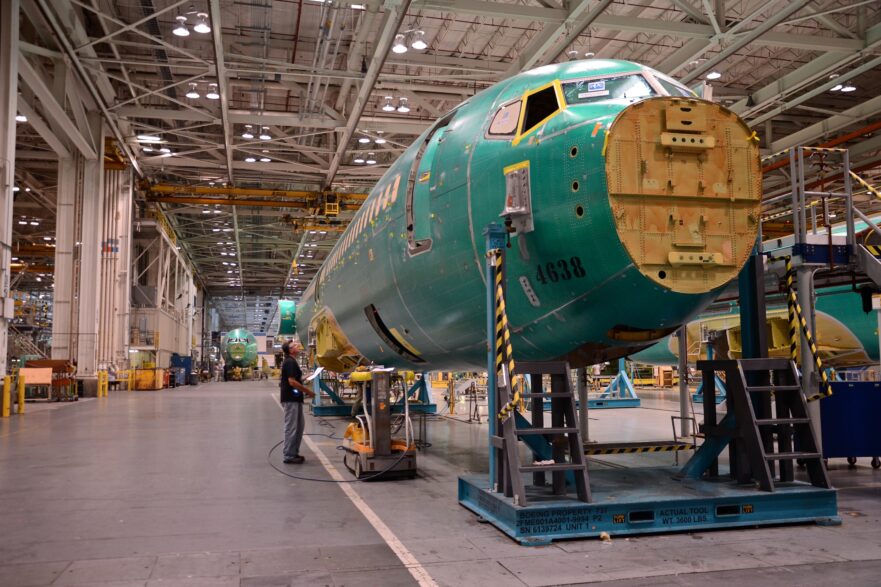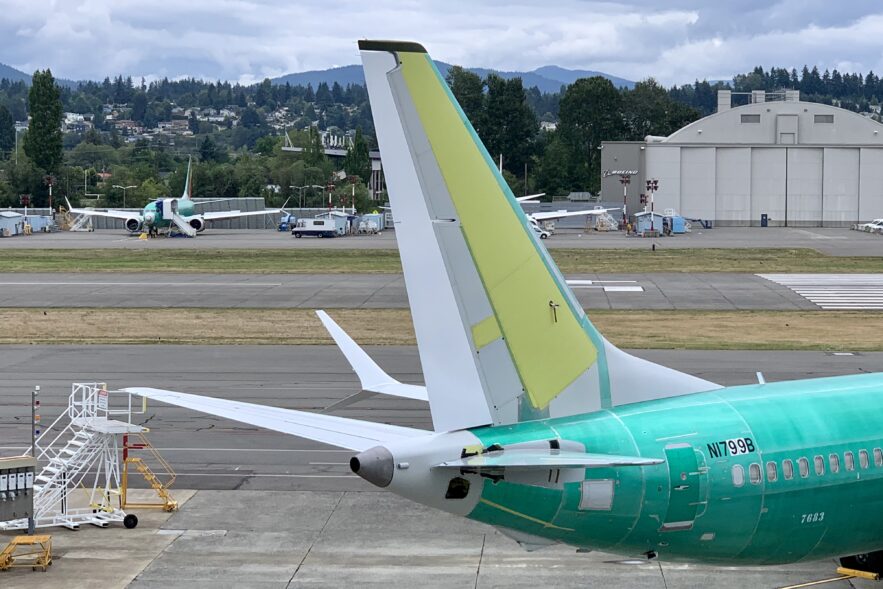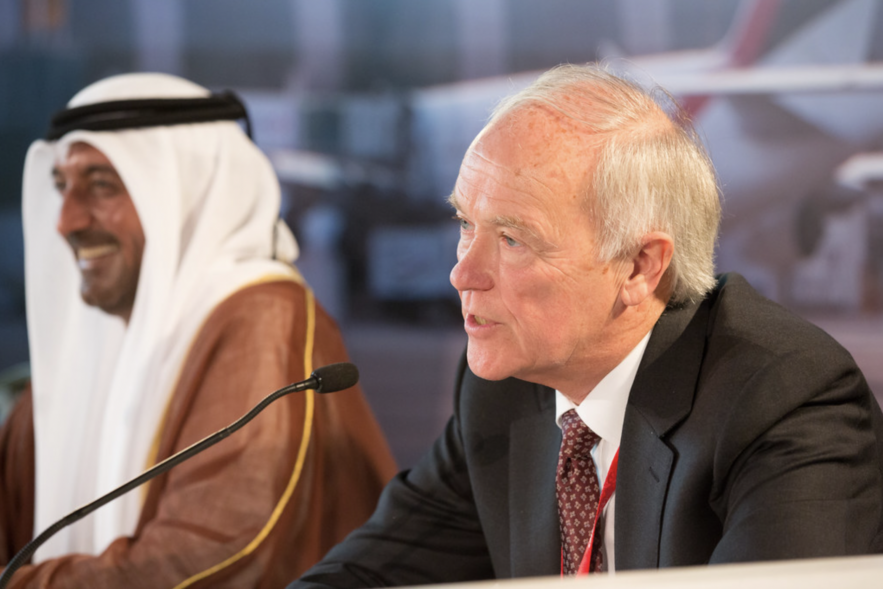Major leadership changes at GE, Embraer and Mitsubishi. What if the 777X freighter is too small? And what of an A380 combi? COVID-19 will wipe out 20 cents of every dollar earned by airlines for the last half century.
It’s over: In the end it was the market, not the market forecast, that determined the fate of the Airbus A380. Emirates...
Less than four months after the Federal Aviation Administration rolled out its 2021 Aviation Climate Action Plan, the agency’s official blueprint for achieving net-zero aviation emissions by 2050 is already starting to look dated. The plan relies overwhelmingly on sustainable aviation fuel (SAF) as the principal pathway for reducing the U.S. aviation sector’s greenhouse gas emissions. It is plainly dismissive of hydrogen, stating: “we do not expect hydrogen-powered aircraft to make a significant contribution toward achieving net-zero aviation emissions by 2050.”
Airbus and Boeing, back in their corners, fight in the digital factory. Airbus in Hamburg is gearing up for production of the A321XLR.
#mc_embed_signup{background:#fff; clear:left; font:14px Helvetica,Arial,sans-serif; } /* Add your own Mailchimp form style overrides in your site stylesheet or in this...
The A380 is back, sort of. Airlines are reactivating the double-deck aircraft ahead of the loosening of COVID-related travel restrictions that promise to breathe life into dormant international routes. Just don't call it a comeback for the superjumbo. By all metrics, business aviation in 2021 is thriving. Back above 2019 levels, the industry is seeing a strong uptick in new development and commercial activity, but examining Honeywell's 10-year forecasts TAC steps back to look at the uncomfortable big picture for the industry's trajectory. What was it like to fly on the Convair B-36? We listen to a first-hand recollection about an aircraft that needed six turboprops and four jet engines just to get off the ground in the early years of the Cold War.
“The wake up call of the Max was something that told them that all was not right.”
The biggest buyers of the Airbus A380, A350 and Boeing 777X, 777 (and second largest airline customer for 787) are...
There was supposed to be an air show in Farnborough this week. And even if there was, Americans wouldn't be able to attend. Our Travel Sentiment model is reliably predicting the ups, downs and stagnation of the U.S. air traffic recovery. Here's an update. British Airways decommissions its 747 fleet, another in a series of the long goodbye to the Queen of the Skies. It's hard out there for big airplanes.
Log-in here if you’re already a subscriber HEAR FROM THE AIR CURRENT Leave this field empty if you're human: This...
#mc_embed_signup{background:#fff; clear:left; font:14px Helvetica,Arial,sans-serif; } /* Add your own Mailchimp form style overrides in your site stylesheet or in this...
Globalization, technology and crippling debt will shape the future of flying after COVID-19, says longtime Emirates airline president Sir Tim Clark.

